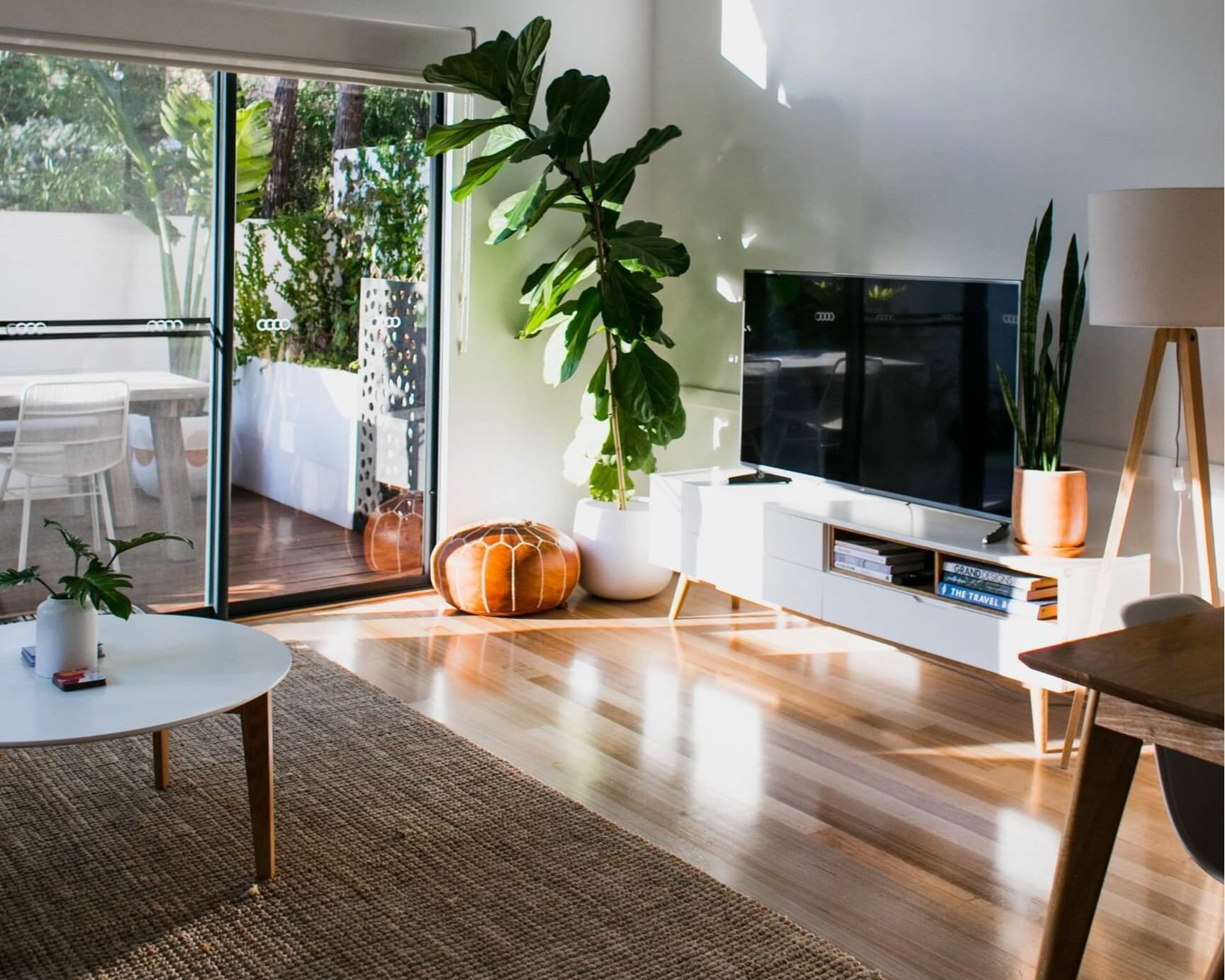Behind-the-Scenes Look at Sustainable Building
Sustainability is more than just a buzzword in the construction industry. It’s an opportunity to make amends for the business’s negative environmental impacts, including air pollution, greenhouse gas emissions and ecological imbalance.
What exactly are sustainable buildings? Is the destination more important than the journey when constructing such structures?
What Is a Sustainable Building?
A sustainable building is a structure that uses resources efficiently and coexists with its surrounding environment harmoniously throughout its lifecycle. It uses green materials, powers itself using renewable energy sources, reduces electricity and water waste, eliminates pollution, and emits little to no greenhouse gasses.
Likewise, a sustainable building maximizes space, keeps public transportation in mind, prevents itself from becoming a heat island and manages stormwater runoff appropriately.
7 Steps of Sustainable Building Construction
The sustainability of a structure’s construction is just as important as the sustainability of the structure itself. Constructing a sustainable building is complex, but these seven steps summarize the process.
1. Hiring the Right Talent
Construction managers, architects, engineers, and general contractors with high competence levels regarding sustainable construction are the key to success.
The construction manager’s responsibilities depend on the project’s unique demands. This supervisor can be an architect advisor, cost estimator, procurement scheduler, or accountant to ensure everything runs smoothly.
Architects and engineers collaborate to design the structure per the project owner’s sustainable goals and ensure it meets green building standards. The general contractor sources materials, deals with vendors, pulls permits, directly oversees construction, and keeps all relevant parties in the loop.
2. Designing the Building
Energy efficiency, conservation of resources, use of green materials, adaptability and occupant health and well-being are sustainable architecture’s universal goals. Hitting these demanding objectives is challenging, but qualified architects are familiar with various strategies — such as passive and active sustainable design principles — to pull it off.
Passive sustainable design involves using natural ventilation to regulate indoor climate, daylighting to illuminate interior spaces and thermal mass techniques to absorb solar energy during the day and heat space at night. On the other hand, active sustainable design emphasizes high-efficiency heating, ventilation and air conditioning equipment.
Sustainable architectural philosophies preach incorporating renewable energy systems and eco-friendly construction materials whenever possible. Combining form and function matters, too. An excellent example is using landscaping to increase the structure’s curb appeal, reduce water consumption and prevent flooding.
3. Sourcing Materials Mindfully
The construction sector is responsible for 50% of climate change, so adopt local sourcing to reduce the project’s carbon footprint. Choosing widely available raw materials over imported goods involves fewer greenhouse gas emissions.
However, some green building materials are only present naturally in specific areas. Locally available eco-friendly products can also come from unethical sources. Obtaining green construction materials from questionable vendors defeats the purpose of building a sustainable structure.
Buy the least ecologically damaging available materials — like prefabricated concrete and nontoxic products — from law-abiding local suppliers. Supporting ethical and compliant businesses helps avoid constructing a sustainable building at the environment’s expense.
4. Constructing the Building Leanly
Carrying out construction work with a lean mindset prevents multiple waste types that harm nature in various ways.
Lean thinkers run a tight ship, eliminating idle periods, surplus inventory, product defects, overproduction, unnecessary movement of people and equipment and redundant processes. They ensure the job site stays busy and maximize workers’ productivity to beat deadlines and avoid delays.
Inefficient construction workflows can be detrimental to the environment. For example, operating diesel-powered earthmoving machinery longer than necessary needlessly emits harmful pollutants that can damage the surrounding vegetation and jeopardize people’s health.
5. Maintaining Equipment Regularly
Routinely evaluating construction equipment contributes to sustainability because timely project completion means less ecological disturbance. Such machinery takes a beating daily, so missing or neglecting signs of wear will lead to unscheduled downtime and prolonged construction timelines.
The upkeep of construction machinery seems overwhelming, but it’s less stressful than it sounds. Best practices include closely following the original equipment manufacturers’ maintenance instructions, visually inspecting equipment daily, analyzing wear patterns, addressing issues early and keeping a maintenance log.
6. Managing the Site
Adopting a rules-based approach when managing a construction site reduces pollution, mitigates the effects of runoff, keeps hazardous chemicals in check and promotes worker safety.
Only a few policies are relevant to all sites. However, the industry acknowledges that banning smoking on-site, dewatering flooded areas, throwing food leftovers in recycling containers and placing walk-off mats at job site entrances go a long way to ensure green construction.
7. Enhancing Building Design
Some greener ideas come later. If the budget and schedule permit, strongly consider tweaking the original plan when the change’s potential benefits outweigh the disruption it causes.
The construction industry is innovating fast, so superior technologies and design concepts can spread after the design phase. Embracing longer-lasting construction materials, switching to more efficient clean energy sources, adding biophilic focal points or installing higher-performance windows is worth the extra money and time.
Boost Sustainability Every Step of the Way
Green construction is the secret behind genuine sustainable buildings. Every project phase is an opportunity to reinforce sustainability tenets, so observe eco-friendly practices to build something Mother Nature would approve of.
Author Bio: Evelyn Long is a writer and editor-in-chief for Renovated, a web magazine for the home industry. Her work focuses on design and construction tactics for industry professionals.
Cover image by James Baldwin on Unsplash






